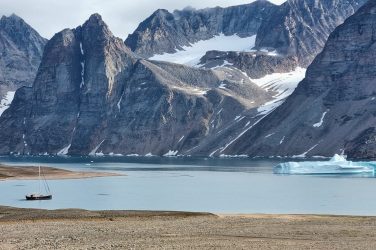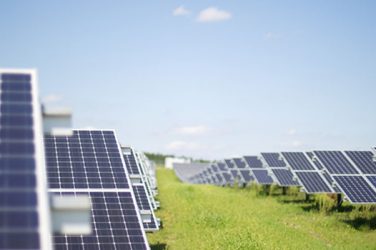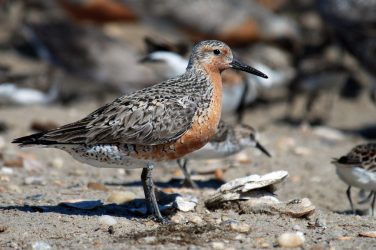A new great milestone for the transition to a future focused on the use of plants that produce renewable energy. The United Kingdom is in fact preparing to inaugurate the largest solar farm in its history.
The area designated to house the plant is Kent (north-east of Faversham, near Gravenet), which will see the rise of a farm capable of generating enough clean electricity to power 91,000 homes, equal to 350 MW, thanks to the its 880,000 solar panels on 364 hectares – 900 acres of agricultural land.
The development partners behind the program, Wirsol Energy and Hive Energy, believe the project could help reduce UK carbon emissions by 68,000 tons per year, while generating £ 1 million in revenue for the councils of Kent and Swale every year.
The renewable energy industry believes that the UK’s solar energy capacity could rise to 27 GW by 2030, after the British government dropped a blockade that prevented solar power plants and land-based wind projects from competing in auctions of grant contracts.
Not only that, the project also includes the requalification of the air through the creation of paths for hikers and a buffer zone of at least 63 meters between the solar park and the Saxon Shore Way. A plan for the preservation of the woods and the autochthonous bush within the confines of the site was also arranged, thanks to a habitat management area of over 138 hectares, including a new roost for bats.
However, not everyone agrees on the advantages of this work. Local activists have expressed concern that the solar park ladder could do more harm than good for the local area.
The “campaign for the protection of rural England in Kent” also warned that the proposed battery storage facilities are five times larger than some of the largest storage projects in the world, which could increase the risk of explosions and fires.









Show Comments